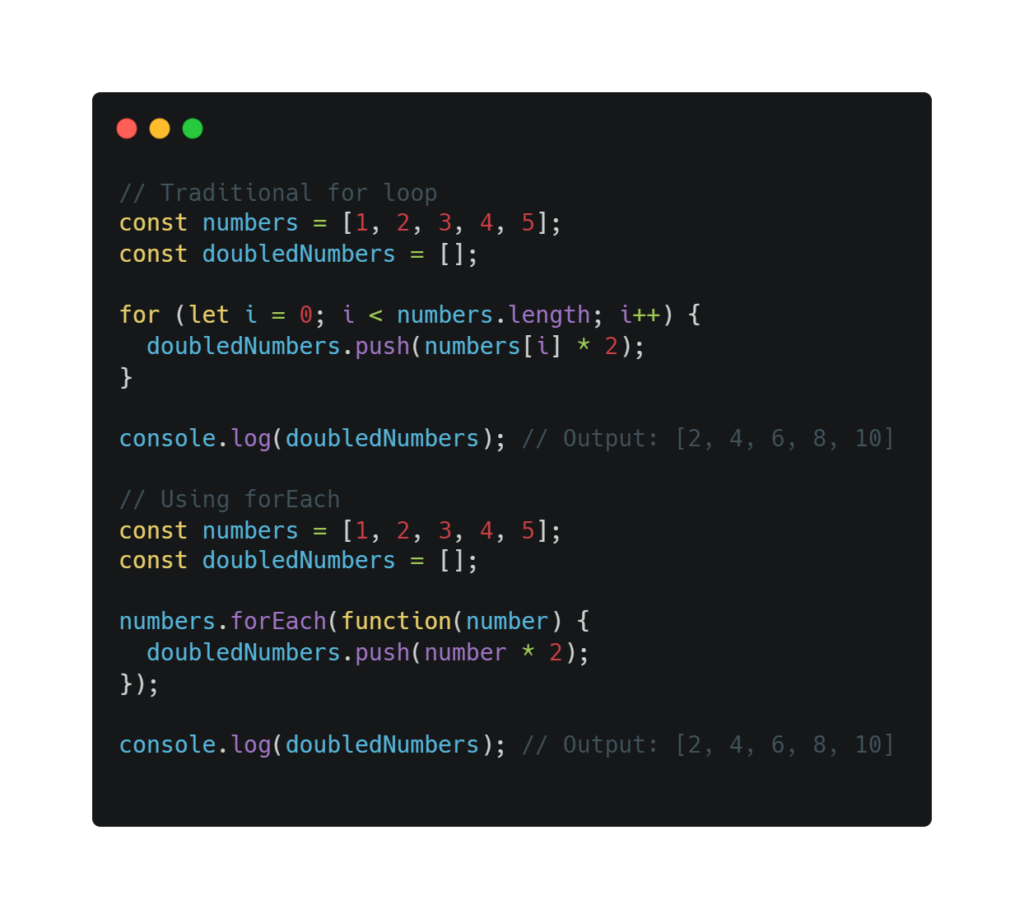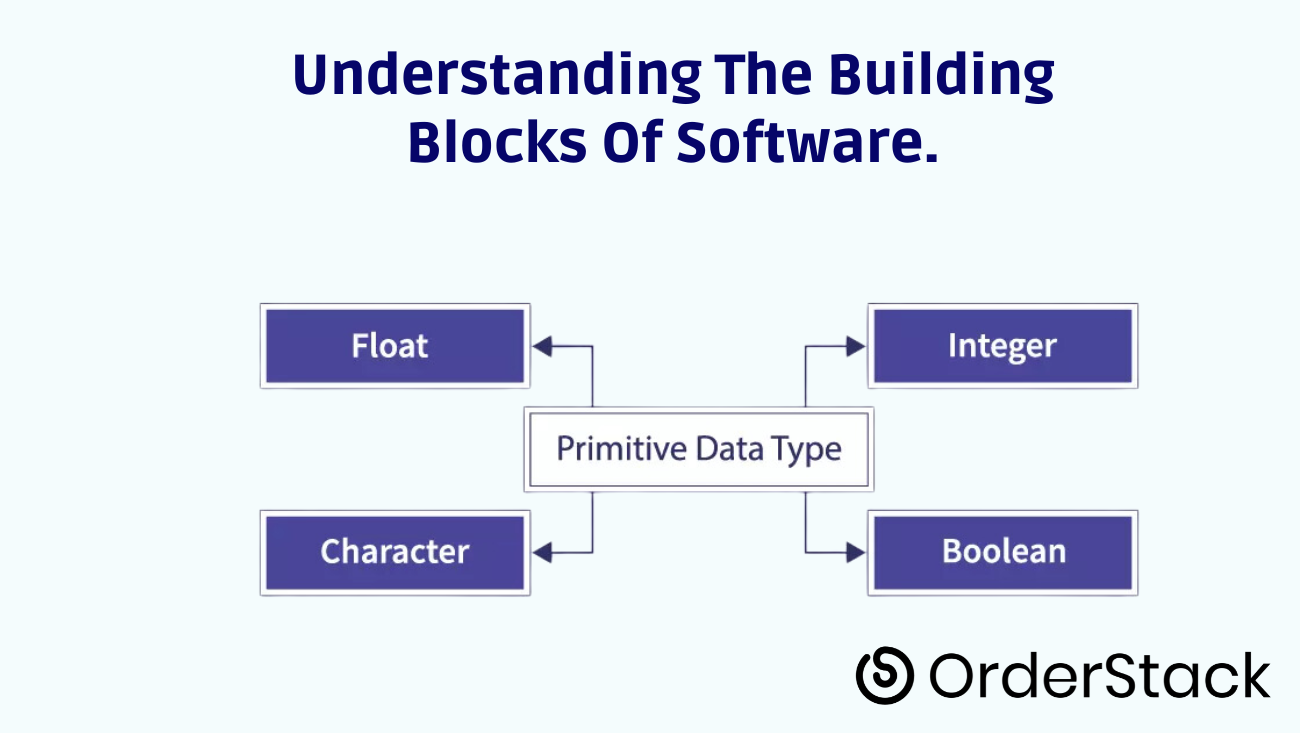As the web evolved, the need for more powerful and expressive JavaScript capabilities became apparent. This led to the formation of ECMA International, a standards organization responsible for overseeing the standardization and evolution of JavaScript, officially known as ECMAScript.
The Evolution of JavaScript
ECMAScript plays a crucial role in introducing new features and improvements to JavaScript. The ECMAScript committee, comprising representatives from various organizations and companies, meets regularly to discuss proposals for language enhancements and decide which features should be incorporated into the next version of the standard.
The Process of Adding New Features
- Proposal Stage: A developer or group drafts a proposal outlining the feature’s use cases, benefits, and potential implementation.
- Community Review: The proposal enters the community review phase, where developers worldwide discuss and critique it under the guidance of ECMA International’s Technical Committee 39 (TC39).
- Specification: After a thorough review and potential revisions, a successful proposal is drafted into the ECMAScript specification.
- Implementation: Browser vendors and other JavaScript environments begin implementing the feature, ensuring seamless integration with existing JavaScript engines and adherence to the ECMAScript standard.
- Use and Adoption: Once implemented, the feature becomes available for developers to use and explore. Over time, with adequate documentation and community support, the feature gains popularity and becomes a standard practice in JavaScript development.
Foreach
Prior to ECMAScript 6 (ES6, also known as ES2015), JavaScript developers relied heavily on traditional for loops or other loop constructs to iterate over arrays or array-like objects. While functional, these methods often led to verbose and less readable code, especially when dealing with complex operations.
The forEach method is a simple yet powerful addition to JavaScript’s Array prototype introduced in ES6. The forEach method streamlined the process of iterating over arrays, allowing developers to write cleaner, more concise, and easier-to-read code.

As you can see, the forEach method simplifies the iteration process by providing a concise syntax and eliminating the need for manually managing loop counters or indices. This not only enhances code readability but also reduces the likelihood of common loop-related bugs, such as off-by-one errors.
The Standardization Process
The addition of forEach to JavaScript was a result of the collaborative efforts of the ECMAScript committee and the wider developer community. The proposal for the forEach method was originally submitted in 2008 by Microsoft. After careful review and discussion, it was approved for inclusion in the ECMAScript 6 (ES6) specification.
Once the specification was finalized, browser vendors and other JavaScript engine developers began implementing the forEach method in their respective environments. This process took some time, as not all browsers and environments adopted ES6 features simultaneously. However, as developers increasingly embraced modern JavaScript practices and adopted transpilers and polyfills to ensure backward compatibility, the forEach method quickly gained widespread adoption and became an essential part of the JavaScript developer’s toolkit.
The impact of forEach
The introduction of forEach has had a profound impact on the way JavaScript developers approach array operations and data manipulation. Its concise syntax and intuitive behavior have made it a preferred choice over traditional forLoops in many scenarios, contributing to more readable and maintainable code.
forEach, along with other powerful array methods like map, filter, and reduce introduced in later ECMAScript versions, boosted JavaScript’s functional programming capabilities.
The addition of features like forEach to JavaScript is a testament to the language’s adaptability and the collaborative efforts of the ECMAScript committee and the broader developer community. By embracing modern JavaScript practices and staying up-to-date with the latest language features, developers can reach new heights in productivity, code quality, and overall development experience.
As the web continues to evolve and new challenges arise, JavaScript will undoubtedly continue to grow and adapt, with new features and enhancements being proposed and implemented through the standardization process. By understanding the journey of how features like forEach found their way into the language, developers can gain a deeper appreciation for the language’s evolution and the collective effort that drives its continuous improvement.









Leave a Reply